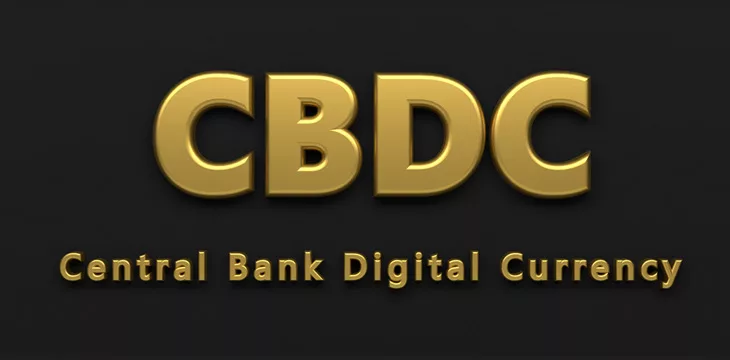|
Getting your Trinity Audio player ready...
|
The New York Innovation Center (NYIC) and the Monetary Authority of Singapore (MAS) have completed a joint study on cross-border functionality for central bank digital currencies (CBDCs).
The experiment, dubbed Project “Cedar x Ubin +,” explored ways to exchange currency pairs that are not widely traded using distributed ledger technology (DLT). According to the report, both parties relied on vehicle currencies to bridge the less traded currency pairs with relative success.
At the moment, cross-border transactions are plagued with excessive processing costs for users in addition to slow processing times. The researchers identified limited access and the challenge of transparency among service providers as motivating factors for the experiment.
Relying on hashed time lock contracts (HTLCs), the researchers bridged separate CBDC ledgers as a proposed solution. The study revealed that these smart contracts proved effective in “allowing for the atomic settlement of digital assets that are maintained on different ledgers.”
“The Cedar x Ubin+ experiment envisages a future digital currency landscape where central banks can enable interoperability of wholesale CBDCs to facilitate more efficient cross-border payment flows including for less liquid currencies, without requiring a common infrastructure,” Leong Sing Chiong, MAS Deputy Managing Director, said.
By the end of the study, it was confirmed that DLT could provide near real-time settlement, atomic settlements and improve interoperability and autonomy. Eight distinct scenarios were used to test the hypothesis for interoperability, with the average settlement time being 47 payments per second.
The project’s first stage developed a prototype of a wholesale CBDC ledger designed to remedy the existing payments associated with foreign exchange spot transactions.
Cross-border functionalities at the core
Several countries are throwing their weight behind CBDC developments over the allure of improving the state of international remittance in their countries. For instance, Russia is speeding up its digital ruble pilot to be used in international settlements with its allies.
The Reserve Bank of India (RBI) and its counterpart in the United Arab Emirates have signed a Memorandum of Understanding (MoU) to conduct joint studies on international payment functionalities with CBDCs. Both parties expressed optimism about the deal, saying it will “reduce costs, increase the efficiency of cross-border transactions, and further economic ties between India and the UAE.”
To learn more about central bank digital currencies and some of the design decisions that need to be considered when creating and launching it, read nChain’s CBDC playbook.
Watch Central Bank Digital Currencies and Blockchain: The view from the Swiss National Bank

 06-30-2025
06-30-2025 





